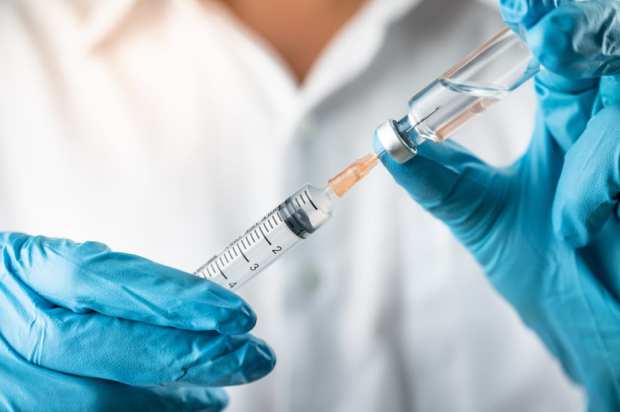WHO Postpones Down Payments Amid COVID-19 Facility Redesign

The World Health Organization (WHO) has had to redesign its vaccine procurement facility due to richer nations wanting more flexible deals, Financial Times (FT) reported Tuesday (Sept. 2).
The deadline for the Covax program, as it’s been dubbed, is now moved to Sept. 18 from its original Aug. 31 date, according to documents seen by FT, while the final date for the initial payments from countries that want to participate will now be Oct. 9.
There are also new options for flexibility introduced, FT wrote.
The Covax initiative, launched in June, wants to help equitably distribute 2 billion vaccines across the globe. That said, the project has failed to get off the ground as countries have mostly looked out for themselves.
According to FT, the high-income countries were supposed to “self-finance” under the plan, to buy vaccines from the facility. That would subsidize the lower-income countries to help get more vaccines into all parts of the world. That would give volume guarantees to vaccine manufacturers for specific candidates before they’re licensed.
Some countries like Germany joined Covax, and the European Commission said it would offer €400 million in guarantees to help the vaccine get to lower-income countries, although the terms of a deal weren’t yet finished with the European Union.
But several countries like the U.S., U.K. and Japan chose to pursue private deals for vaccines, with one source telling FT that the Covax program hadn’t convinced those countries that it could help them with quick, easy access to a vaccine. Mariângela Simão, the WHO’s assistant director-general for access to medicines, called it “vaccine nationalism.”
The aforementioned alternative, more flexible payment schemes included provisions for countries to pay higher prices per dose but “opt out of any vaccine offered while maintaining the ability to receive its full share of doses,” per the FT.
The COVID-19 pandemic had 94 percent of the U.S. population affected or concerned in some way, according to a PYMNTS study from March when the virus hit. The top concern for many was that they’d infect someone else with the disease. And not even three weeks had passed before life for most people had ground almost entirely to a halt.
